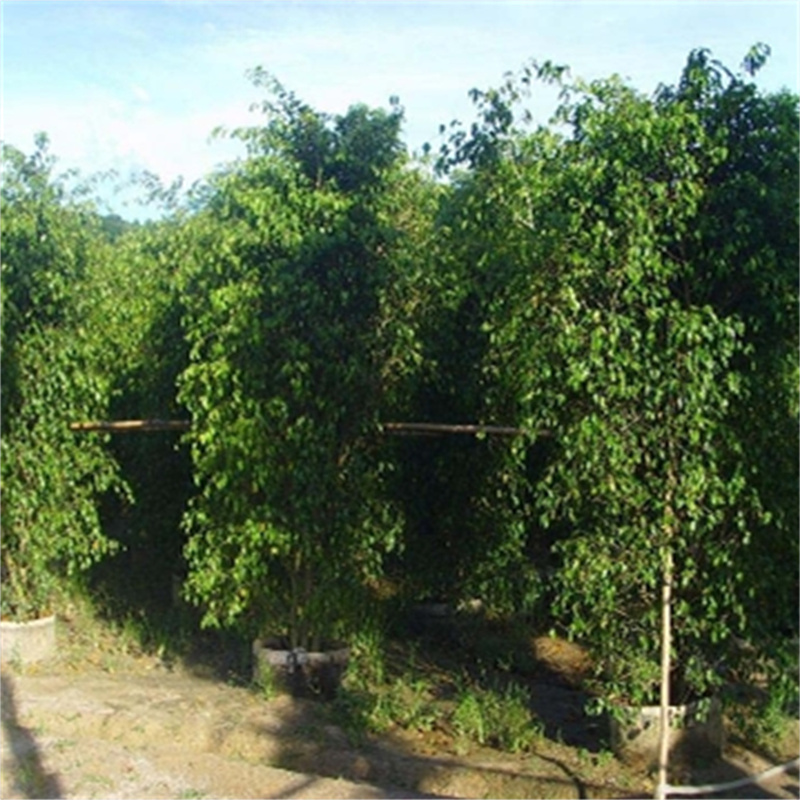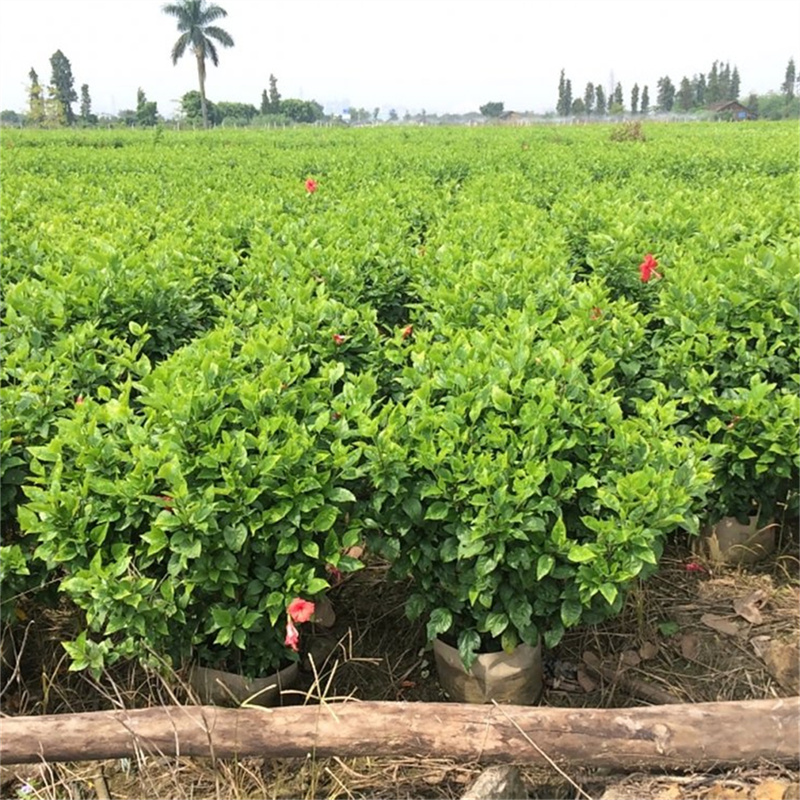The second is shading cooling. Tea gardens can be shaded by shade nets to avoid direct sunlight, reduce temperature, increase humidity, and reduce evaporation. The temperature of tea-leaf can be reduced by more than 8°C. This is one of the most effective anti-high-temperature measures. It can be covered with scaffolding or covered directly with a tea tree cover. The scaffolding is covered with scaffolds at 1.8-2.0 meters from the ground in the tea plantation, covering the shade net; the crown covering covers the shade directly on the surface of the tea tree cover. You can. Can choose 75 black shading rate of 75%, 1.8 meters wide shade net, the amount of about 450 meters per mu. The third is to cover the grass. The tea trees are planted between rows, which can effectively reduce ground temperature, reduce soil moisture evaporation, facilitate water storage, and improve tea tree high temperature stress resistance. Direct application of straw to young tea gardens covers tea gardens, and the effect of high temperature and drought resistance is more significant. After the grass is planted on the tea garden, the principle of not seeing the soil is used. Forage grass can be used to produce raw straw, raw green manure, and leguminous plants. The grass thickness is about 8 cm. In addition, before the high-temperature warning is released, it is recommended not to weed, spray, or loosen soil to prevent it from becoming counterproductive.
10% Oleuropein And Hydroxytyrosol Olive Leaf Extract is one kind of Olive Leaves Extract which is one Key Products Of Our Company. They Are Extracted, Concentrated And Dried From The Leaves Of Olive.
Olive Leaf Extract is a Broad-Spectrum Antimicrobial Ingredient Taken Orally.So Far The Most Active Compounds Identified In Olive Leaves Are Olivine, a Class Of Bitter Monosaponins That Are Classified As Ridoids.Olivopicrin And Its Hydrolyzed Products Have Special Significance For The Antibacterial Function Of Olive Leaves.
Olive is a Famous Subtropical Fruit Tree.China's Distribution In Fujian Province As The Most, Sichuan, Zhejiang, Taiwan And Other Parts Of The Region Also Have Distribution.Cultivation Of Olive Countries In Addition To China, Vietnam, Laos, Cambodia, Thailand, Burma, India And Malaysia.
Our oliver leaf base
Function Of Olive Leaves
1. Broad-Spectrum Antimicrobial Action
2. Antioxidation
3. Strengthen The Immune System
4. Slower Cardiovascular Disease
Application Of Olive Leaf Extract
1. Iridoids Were The Main Components Of Olive Leaf Extract, And Oleuropein And Hydroxytyrosol Were The Most Active.It Is Widely Used In Health Products And Cosmetics.
2. Used In Medicine, Health Food, Skin Care Products, Etc
Olive Leaf Extract,An Olive Leaf Extract,Olive Leaf Extract Powder,Herpe Extract Olive Leaf Shaanxi Kepler Biotech Co.,Ltd , https://www.keplerherb.com

How should tea gardens resist high temperatures?
One is watering irrigation. Tea gardens with irrigation conditions must do everything possible to control water sources and adopt irrigation methods such as drip irrigation and sprinkler irrigation. Anti-high temperature drought, high temperature burns, spray irrigation the best overall effect, drought drip irrigation is the most water. With fixed or mobile drip irrigation facilities, sprinkler irrigation should be used as much as possible. At the same time, the maintenance of irrigation facilities should be done to ensure that they can work normally when needed. In high temperature weather irrigation, watering should be carried out in the early morning and early evening. The conditions can be sprayed once in the morning and at night. The amount of irrigation water is better than 90% of the relative humidity of the soil.
